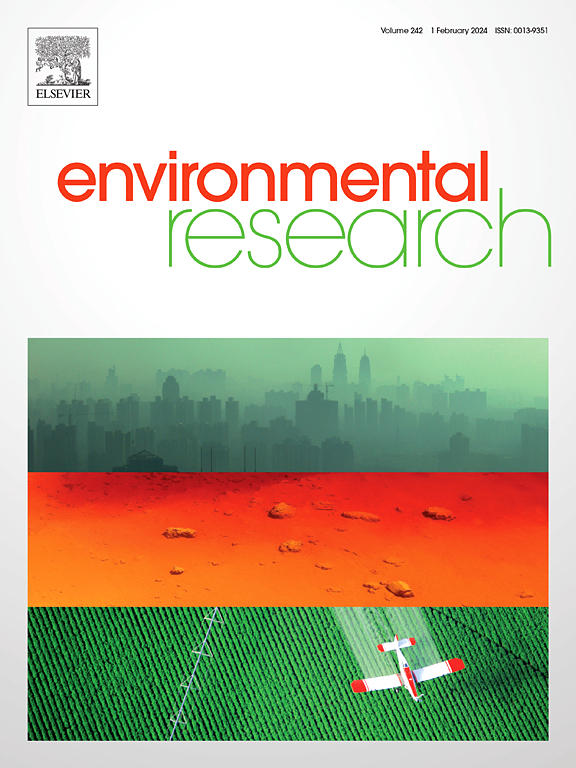Mechanistic insights into CO2 adsorption on cementitious surfaces: Coverage and pre-hydration effects from first-principles calculations
IF 7.7
2区 环境科学与生态学
Q1 ENVIRONMENTAL SCIENCES
引用次数: 0
Abstract
A deep understanding of the mechanisms of carbon dioxide (CO2) adsorption on cementitious material surfaces is crucial for optimizing their CO2 sequestration capabilities. In this study, we employed first-principles calculations to investigate the behaviour of CO2 adsorption on the β-C2S(100) and M3-C3S(001) surfaces across multiple coverage levels. Results showed that the total adsorption energy became increasingly negative with higher CO2 coverage, whereas the average adsorption energy per CO2 molecule on the two surfaces displayed differing trends. At higher coverage levels, adsorption behaviour was influenced by site saturation, steric hindrance, and electrostatic interactions. The M3-C3S(001) surface exhibited stronger and more stable CO2 adsorption than the β-C2S(100) surface, primarily due to the presence of oxygen ions (Oi). DFT analysis, including the partial density of states (PDOS) and crystal orbital Hamilton population (COHP) calculations, revealed a weakening of the Ca-O bonds at high coverages. CO2 adsorption on pre-hydrated surfaces was also explored, showing a reduced CO2 sequestration capacity on both materials. Overall, this study sheds light on the fundamental mechanisms of CO2 adsorption on cementitious surfaces, providing atomistic insights into the interaction between surface pre-hydration and CO2 adsorption, and therefore offering valuable guidance for developing more efficient CO2 capture and storage methods in the cement industry.

胶凝表面二氧化碳吸附的机理:第一原理计算的覆盖和预水化效应。
深入了解二氧化碳在胶凝材料表面的吸附机理对于优化其二氧化碳固存能力至关重要。在本研究中,我们采用第一性原理计算研究了CO2在β-C2S(100)和M3-C3S(001)表面跨多个覆盖层的吸附行为。结果表明,随着CO2覆盖率的增加,总吸附能呈负向增加趋势,而CO2分子在两种表面的平均吸附能呈现不同趋势。在较高的覆盖水平上,吸附行为受位点饱和度、位阻和静电相互作用的影响。M3-C3S(001)表面比β-C2S(100)表面表现出更强、更稳定的CO2吸附,这主要是由于氧离子(Oi)的存在。DFT分析,包括偏态密度(PDOS)和晶体轨道汉密尔顿居群(COHP)计算,揭示了在高覆盖率下Ca-O键的减弱。还研究了预水化表面对CO2的吸附,表明两种材料的CO2固载能力都有所降低。总的来说,本研究揭示了二氧化碳在胶凝表面吸附的基本机制,为表面预水化与二氧化碳吸附之间的相互作用提供了原子层面的见解,因此为水泥工业开发更有效的二氧化碳捕获和储存方法提供了有价值的指导。
本文章由计算机程序翻译,如有差异,请以英文原文为准。
求助全文
约1分钟内获得全文
求助全文
来源期刊

Environmental Research
环境科学-公共卫生、环境卫生与职业卫生
CiteScore
12.60
自引率
8.40%
发文量
2480
审稿时长
4.7 months
期刊介绍:
The Environmental Research journal presents a broad range of interdisciplinary research, focused on addressing worldwide environmental concerns and featuring innovative findings. Our publication strives to explore relevant anthropogenic issues across various environmental sectors, showcasing practical applications in real-life settings.
 求助内容:
求助内容: 应助结果提醒方式:
应助结果提醒方式:


